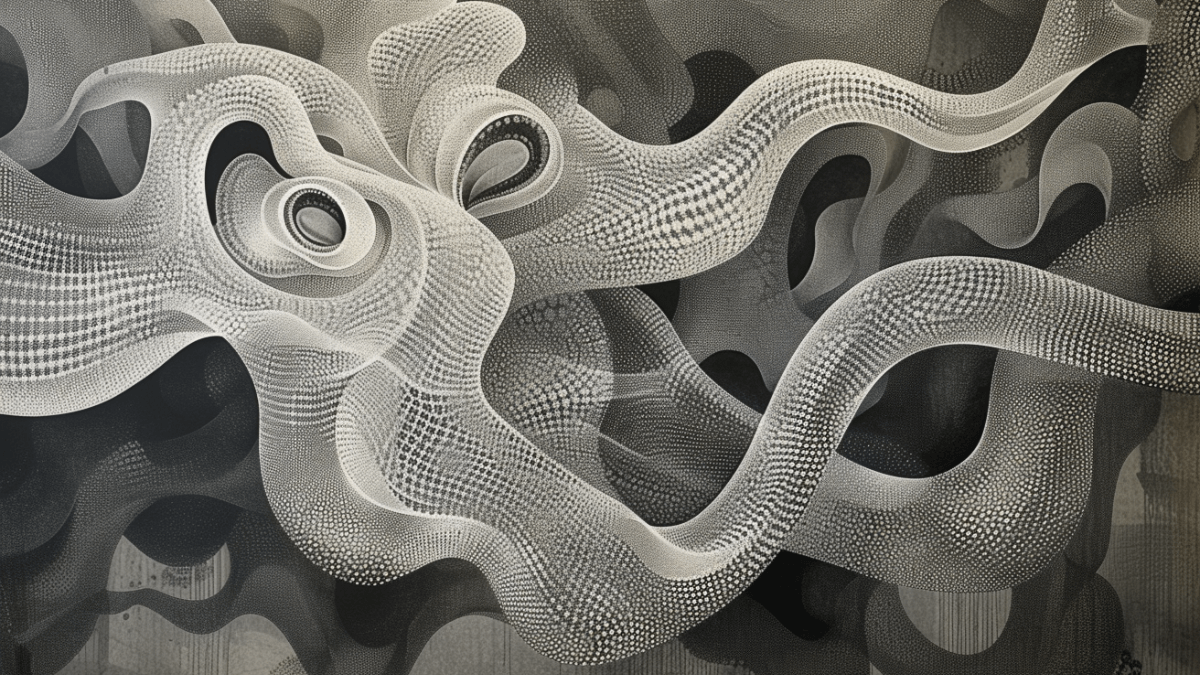We can gauge how far out from reception we are based on our response to what life brings us. First, there is the experience of pain. If we cannot allow it, then we will contract around the pain. Next, we will look for something/someone to blame, followed by justification, judgment, and then reactivity. This process can happen so quickly, we may not even be aware of the movement before we are reacting to the original catalyst.
This is vital to understanding the mind and is a fast track to psychic healing.
We do not need to dismantle each specific link of the chain, as they all function to reinforce the illusion of threat. Instead, we can allow them to be reabsorbed into the Erotic mind and be used to power it so we can clearly see they were an illusion all along. We can work backward by stopping the reactivity and discharging the energy of judgment, then own the justification all the way back through the chain. Having the ability to do this is an important skill but it’s also not economical. Understanding the component parts helps to signal where we may be in our lack of receptivity.

But what we all want, and the only thing the world wants from us, is a lit-up us. And this happens the moment we open to the perceived pain. We may then feel a true humility and clear, pure sadness for having lost connection. We may even communicate this, but the way we make it better is to keep opening to the pain we did not open to originally. Continual opening in the face of pain is the amends we make and the way we increase our power for reparations to both ourselves and others, and with pain itself. In this way, our capacity to meet pain increases.
Positively charged interpretations, or biases, of experience can inspire just as automatic a response as negatively charged ones. The key to remember is that the most pleasurable tumescent stroke (one that is artificially charged) will never gratify because its employment is based on the distorted lens of like and dislike.
A positive tumescent experience is when contact is made and there is an internal ignition from a buildup of positive charge that is more powerful than our attention.
In fact, this positive–charge buildup is so powerful that our attention feels “dragged” into attempts to increase the pleasure of the experience and to add fantasy or additional behaviors to ramp up the sensation to drive toward a goal. What we do not recognize is that this happens because our mind is out of range—our attention cannot keep pace with the experience. This is not actual enjoyment; there is a restlessness to it, a drive, an instability. There is a quality that is like an empty calorie where we continue to “devour” the experience but without gratification.

We may try to employ some version of “more”—more pressure and more speed—as a means of feeding the now-activated hunger, but the solution is not to add more. The solution is to add connection. The mind, having broken away from the body, is running with its own collection of positively charged, conditioned agendas about whatever we are experiencing. The experience has been sucked up into the mind and out of the body. The Erotic impulse co-opted by the mind has a frantic quality to it. There is a grabbing and a reaching, a desperation, a sense that this moment does not matter, this experience does not matter—other than what it adds or takes away from the goal the mind is locked onto.
We get dragged out of the eternality of the Erotic mind and into the temporal world where there is now an urgency and ruthlessness. The source of this pattern is ultimately good, for it is raw power. The question is whether or not the Erotic attention is bigger than the tumescent activation.
The solution is to loosen the grip of attention through the process of pushing out or unfolding from ourselves and anybody else involved. In turn, doing so brings about a state of holding and moving where we find delight in what we already have while allowing ourselves to be moved by what we feel drawn to. We continue to hold to the connection, but within the connection exists dynamic activity and we allow our attention to be moved along with it.